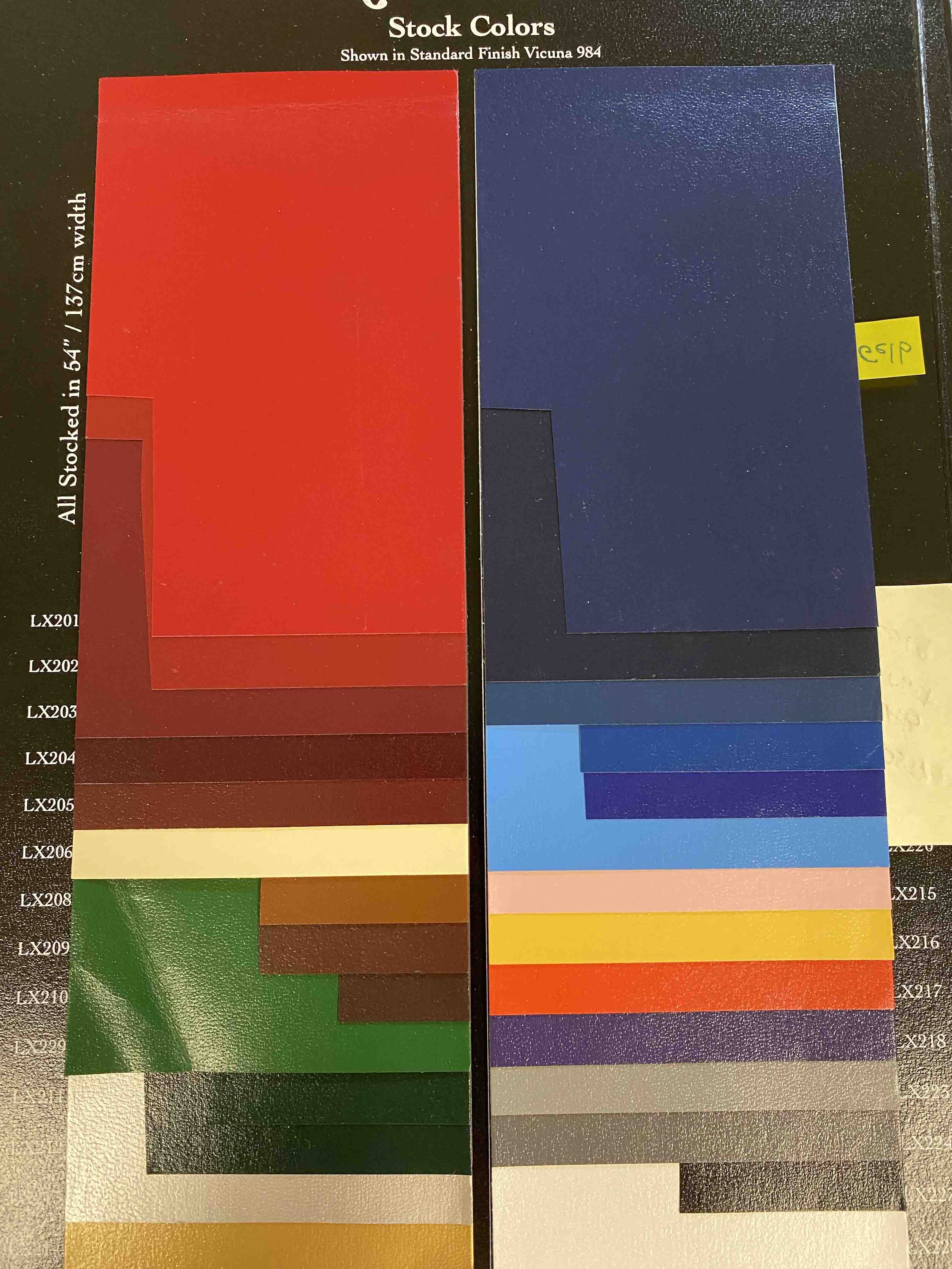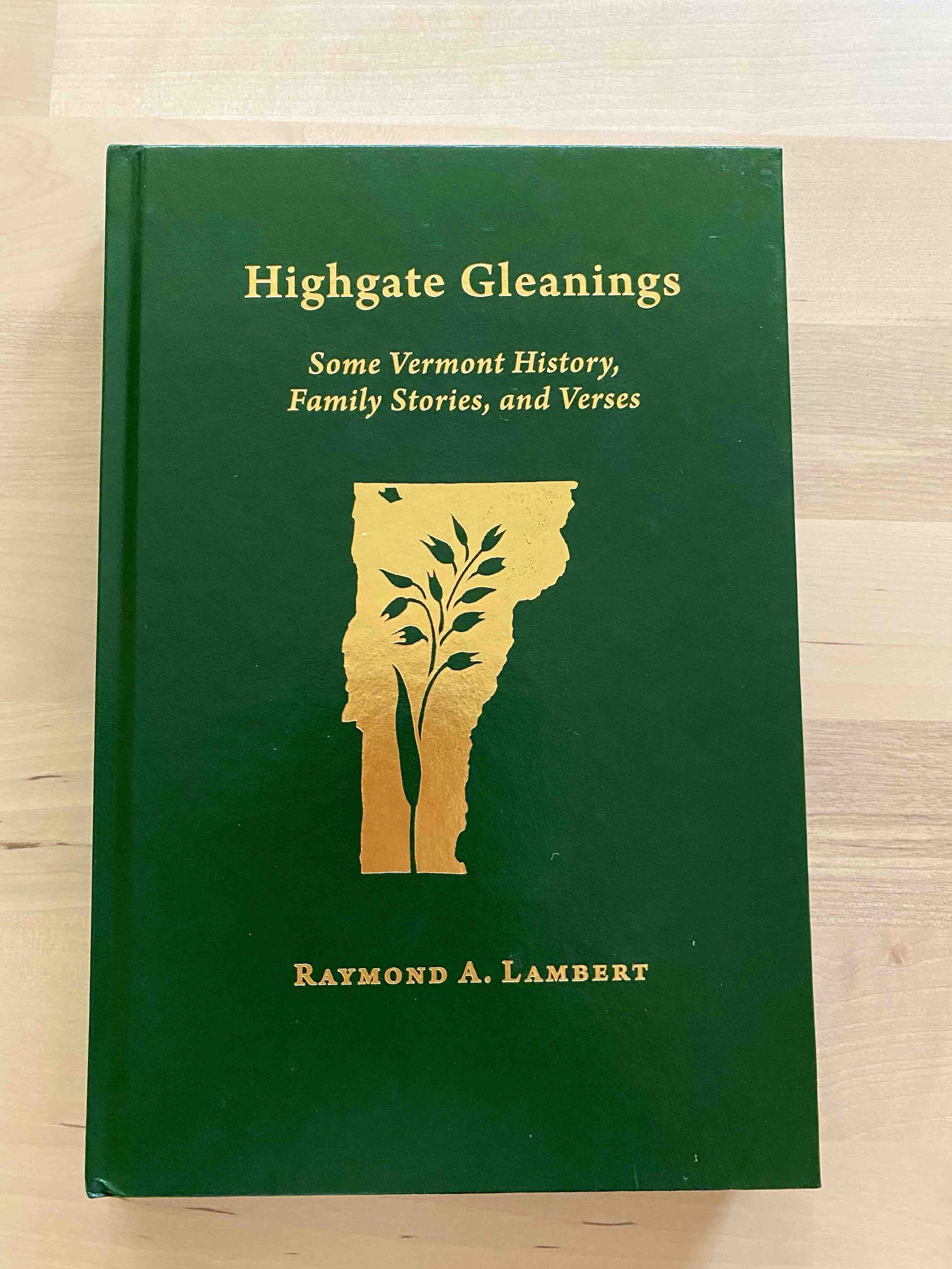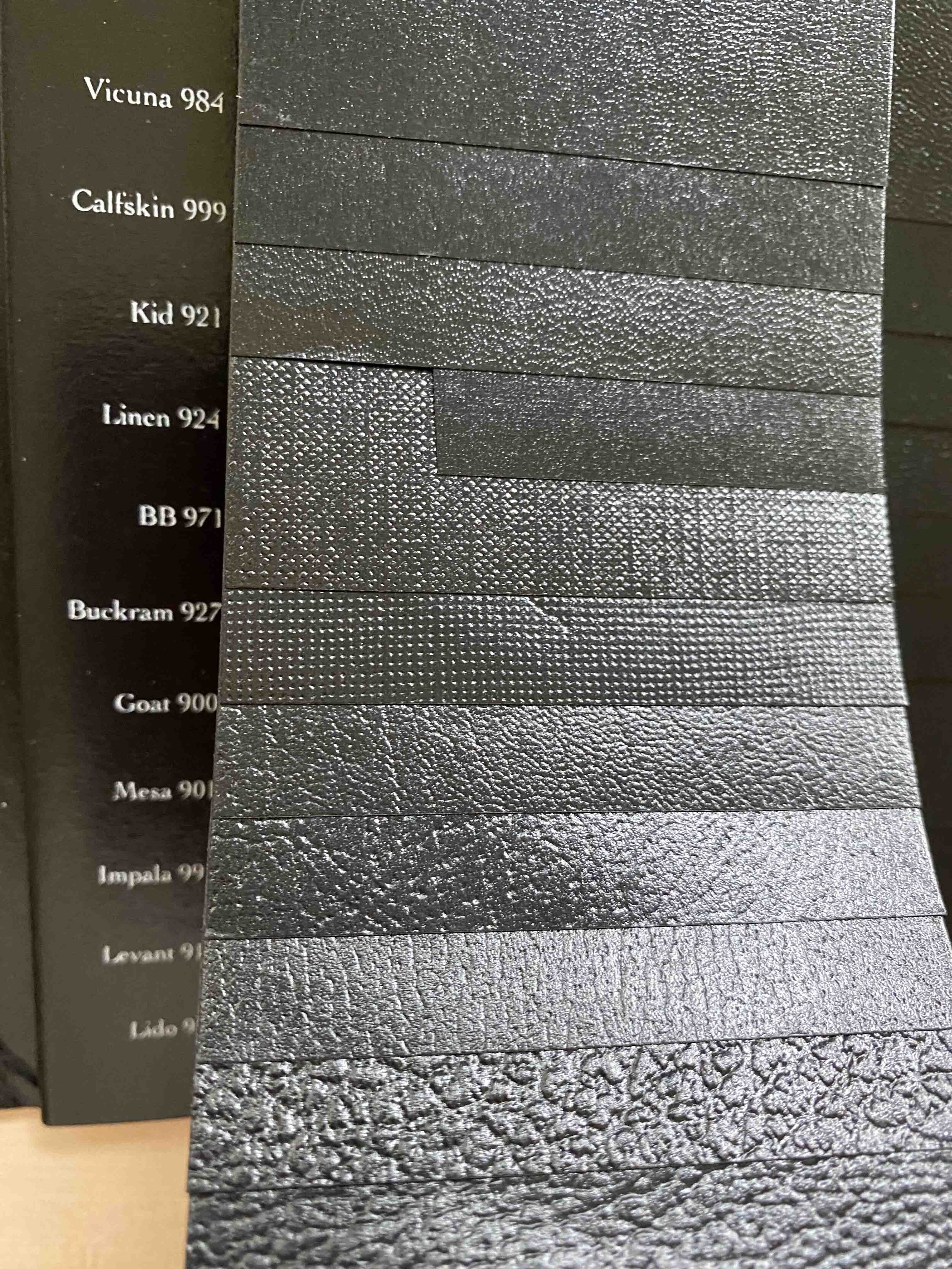As Faulkner said, "A writer must teach himself that the basest of all things is to be afraid."
What is the hardest kind of writing? Besides writing about trauma, the most difficult type of writing could well be about death or loss. How can we describe the indescribable? Why would we want to go there? So much pain.
Of course it can be healing to write about death and loss. But at what expense? As Faulkner said, “A writer must teach himself that the basest of all things is to be afraid.” Sometimes it must be done.
When writing about my own feared topics, I make sure to have a symbolic “container” for the strong feelings that inevitably surface. This might mean calling a friend and setting up a writing date with a specific time frame of, say, one hour. If in person, we go to a neutral place, like a café or a park, and set our timers for writing. If a virtual visit, we stay on the phone together until the hour is up. Either way, we check in with each other halfway through and again at the end of the hour. We may or may not read our writing to each other, as the feeling dictates. And when we end, we enact some type of closure, a physical shift, a final remark, then a goodbye, deliberately leaving the writing and the feelings behind for the time being.
Words are like seeds, or even like babies; they need to be gently held and nourished. Words from the heart are the most powerful, igniting old wounds and fears in an instant.
As an editor of others’ writing, reading about people’s pain, tragedies, or fears has a way of staying with me long after having worked on the piece. It isn’t as easy to find a way to “contain” a challenging piece because I am usually alone at work.
Candles can help. Personally, I didn’t grow up with any tradition of lighting a candle for the deceased, but over the years I have adopted this simple act of honor. Sometimes I do this to mark the birthday of the deceased, or the anniversary of a death, or just when I need some extra spiritual strength. When lighting a tribute candle, I watch the little flame, so tiny, flickering on a fragile mold of wax. Fire is the pain, and wax is my soul melting into boiled liquid. And always the flame warns: Don’t get too close.
I have adapted this practice to my professional life. Before I start editing a piece on bereavement or death, I light a candle, the kind in a glass votive, or perhaps one of those little plastic candles if I don’t have a real one, setting it somewhere nearby. Sometimes I speak aloud although I never quite know what to say. Still I speak, and some words come out:
“I honor the deceased; I honor the bereaved.”
I sit down and get to work. I might work for one or two or three hours. When I finish this sitting, I stand up, blow out the candle, and again say some words aloud.
This simple, intentional act lets words clear the way. As a candle lights the way for writing, or remembering, or honoring, so does stating a wish aloud calm my soul, allowing me to nurture others’ writing while remaining grounded and peaceful.
“May the pain and fear from this writing be released.
May I walk in peace, honoring the bereaved, honoring the deceased.”
* * *















